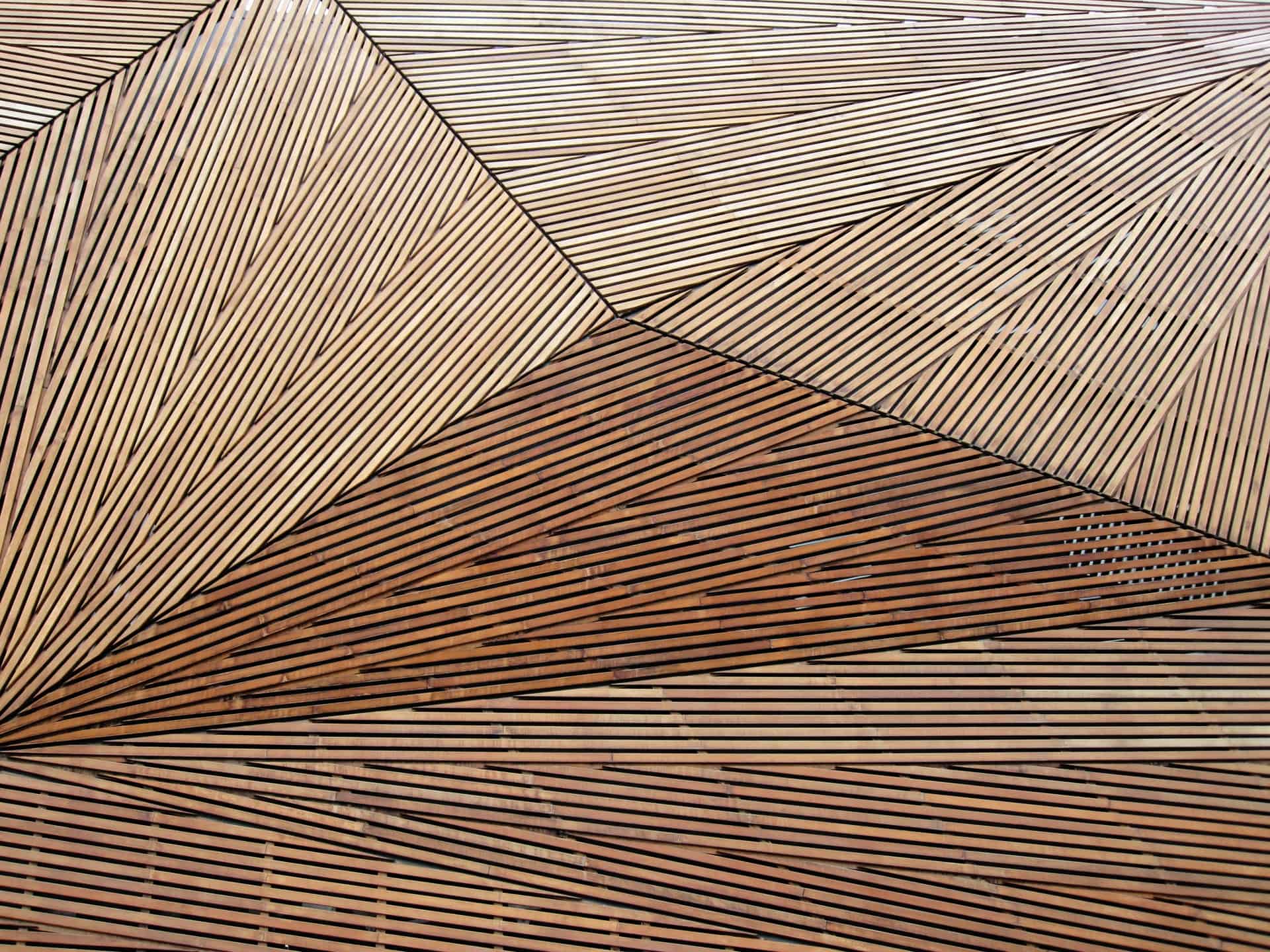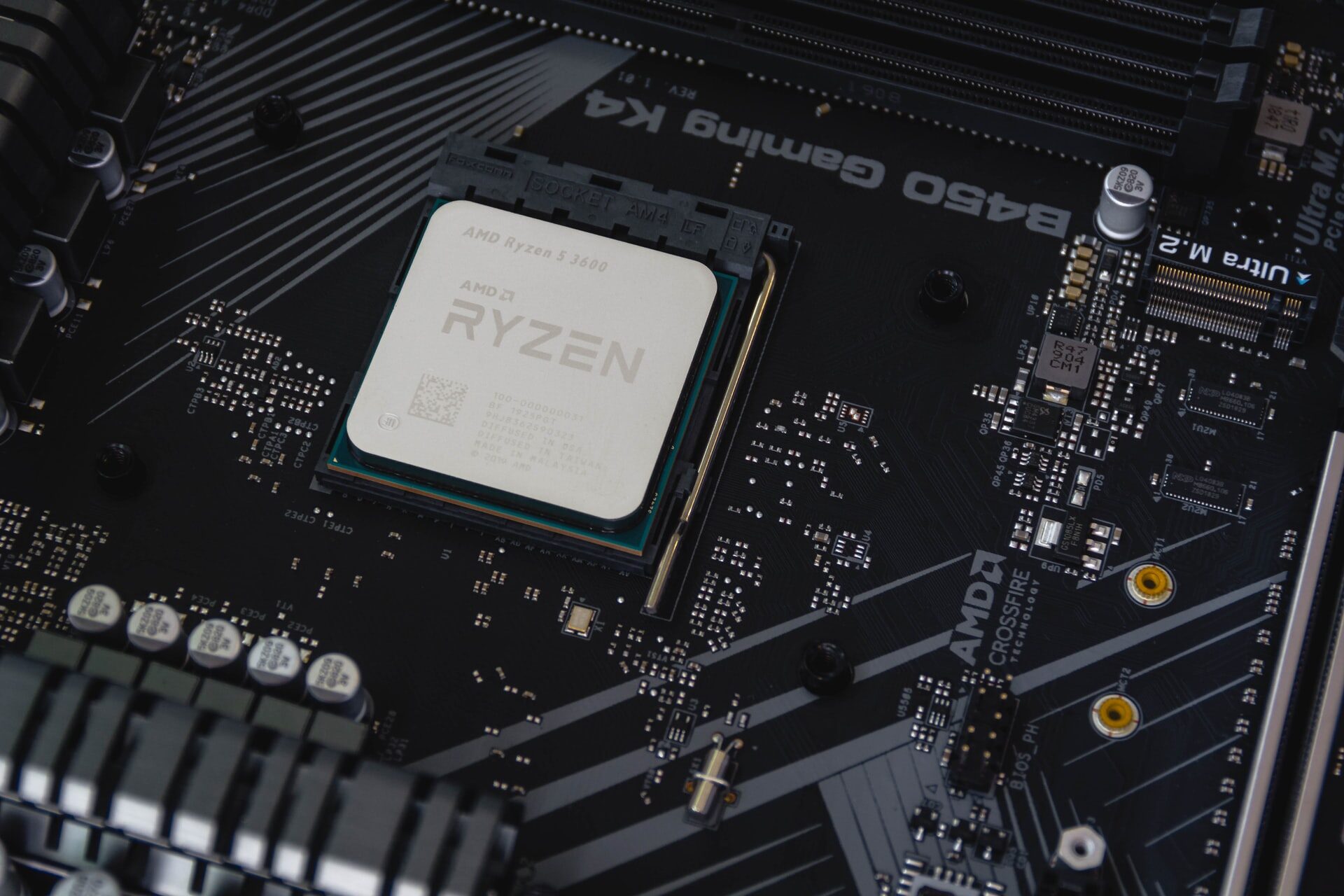
7 Amazing Ways We Use Nanocellulose
June 4, 2021 - Emily Newton
Revolutionized is reader-supported. When you buy through links on our site, we may earn an affiliate commision. Learn more here.
Nanocellulose comes from nanostructured cellulose — material from plant walls rearranged at close to the molecular level. This gives it unique characteristics. Bulk manufacturing occurs by feeding wood pulp to algae or manually separating cellulose from wood pulp and rearranging it into crystalline or fibrous structures. Nanocellulose is sustainable, renewable and biocompatible.
The material has a few unique characteristics — including high aspect ratio, strength and surface area — that make it a potential eco-friendly replacement for plastics and conventional cellulose products. These are some of the most interesting uses for the material, which may disrupt several fields over the next few years.
1. Printed Electronics
Nanocellulose products called conductive paper may enable a range of electronics that are paper-thin, flexible and much more green than their conventional counterparts.
Printable electronics are made from inks that are directly printed onto a substrate surface. The inks form electronic components like transistors, capacitors and resistors. The result is extremely affordable items capable of simple calculations and interactive functions. In practice, these electronics are powerful enough to support RFID tags, sensors, toys and interactive product labels.
Typically, manufacturers print these flexible electronics on a plastic substrate rather than more sustainable materials like paper. Early experiments found that the material’s opacity, porosity and high surface roughness made it an impractical alternative to plastic.
Nanocellulose offers a few benefits over these materials. These products don’t have the same drawbacks that paper has — substrates can be clear, nonporous and have extremely smooth surfaces. At the same time, it’s just as flexible as paper. If the nanocellulose substrate is thin enough, it can even be folded on itself with damage.
Nanocellulose is also much greener than plastic.
While still experimental, printed cellulose electronics could enable lightweight and low-cost electronics that are also much more sustainable than conventional electronics.
2. Low-Cost Water Filters
Water scarcity is predicted to be one of the most significant challenges of the 21st century. The production of low-cost, lightweight filters could provide a lifeline for people around the world with limited access to clean drinking water.
Like many nanomaterials, the unique structure of nanocellulose allows it to purify liquids. When formed into a membrane, it acts as a highly effective water filter. Current research has found that the material is especially good at pulling heavy metal ions and dyes out of water. There’s also evidence that nanocellulose can be effective at the decontamination of microbes and viruses from liquids.
Nanocellulose is still not widely manufactured enough to make these water filters practical. Advances that reduce the cost of fabricating nanocellulose, along with expansion of production capacity, could enable these filters soon, however.
3. Air Purification
The same properties that make nanocellulose an excellent water filter also help it remove impurities from the air.
One nanocellulose-based air filter removed up to 99% of fine particles — like dust, soot, smog and droplets. Exposure to this fine particulate matter is linked to several serious health problems. The filter also had high air permeability, meaning it didn’t significantly disrupt the flow of air that passed through the filter.
This could make nanocellulose air filters an excellent option for residential and commercial HVAC systems. Conventional high-MERV air filters trap most fine particles but tend to put additional strain on the HVAC system by restricting airflow.
A filter that is cost-effective, highly permeable and effective at capturing particles could be essential in a range of environments — like hospitals, factories and areas with low air quality.
4. Drug Delivery Systems
Cellulose nanocrystals (CNCs), one of the main types of nanocellulose, are biodegradable and biocompatible. They’re less likely to be attacked by the immune system or produce a toxic response in the body.
For this reason, researchers have tested the use of CNCs with a wide range of potential biomedical applications — including replacement tissue, substitute implants, new biosensors, drug delivery devices and absorbable hemostats.
Biomedical scientists have used nanocellulose to make targeted drug release systems. Encasing a medication in nanocellulose designed to respond to certain pH levels can create a treatment that is only released in a specific part of a person’s digestive system. This drug delivery system could allow the direct targeting of cells in the stomach, colon and intestines.
In one study, researchers used a complex containing curcumin, a cumin extract with antiproliferative properties, and nanocellulose to deliver a drug that targeted cancerous cells in the colon and prostate. They found that the direct delivery system produced a more effective antiproliferative effect than curcumin alone.
Several studies have experimented with other drug devices — like dexamethasone delivery via magnetized hydrogel beads made from CNC.
While still experimental, the low carbon cost and simplicity of the nanocellulose manufacturing process make it a good candidate for novel drug delivery systems.
5. Tissue Engineering
Tissue engineering (TE) is a fast-growing field in biomedical engineering focused on creating biological substitutes for lost or damaged tissues and organs. As with drug delivery systems, the sustainability, biocompatibility and biodegradability of nanocellulose have made it an increasingly popular material in biomedical research.
So far, researchers have used CNCs to support TE in a few different ways. One of the most common is to use it as a scaffold — the structural support for cell attachment and new tissue development. Combined with other biological materials, like collagen, gelatin and lactic acid, the CNC acts as a kind of advanced wound dressing that can significantly speed up the process of tissue regeneration in patients who have lost skin or suffered organ damage.
As in drug delivery systems, the biocompatibility and biodegradability of nanocellulose make it an excellent candidate for tissue engineering.
6. Flexible Paper-Based Batteries
Nanocellulose fibers (NCFs) can be used to create a new kind of lithium-metal battery. The NCFs act as a separator between the positive and negative nodes, as well as the substrate those nodes are built on top of.
These lithium-metal batteries have a high capacity for energy storage and are elastic and foam-like in structure. The material is both soft and strong, as well as capable of bending and stretching significantly without breaking. This flexibility allows for a more creative battery design.
Researchers behind one study on these batteries believe they could be used in future electric vehicles or even in clothing.
7. Green Insulation
The high surface area and uniform structure of nanocellulose make it an effective insulator.
According to one study, it’s possible to create a foam from nanocellulose that’s more effective than styrofoam at providing insulation. The resulting material is also extremely strong — able to support 200 times its weight without deforming.
Styrofoam is a common low-cost insulator, but it also can have a significant environmental impact. The material is manufactured from polystyrene, a petroleum-based plastic, and does not biodegrade. Because it’s lightweight, it is easily windblown and often escapes waste collection systems.
A sustainable and biodegradable alternative to styrofoam, if cheap to manufacture, could help to replace one of the most significant sources of petroleum-based products in landfills.
How Nanocellulose May Transform the Way We Live
Most of these applications are still experimental. There’s no settled process for manufacturing nanocellulose at scale yet, and while the market for the material is growing fast, research still needs to be done to make nanocellulose practical at scale.
However, these experiments demonstrate the immense potential the material has. It could replace plastics in a wide variety of fields, eliminate the need for styrofoam insulation and help make electric vehicles more practical.
Because it’s biodegradable and its manufacturing process is sustainable, the material could help make everyday life much greener.
Revolutionized is reader-supported. When you buy through links on our site, we may earn an affiliate commision. Learn more here.
Author
Emily Newton
Emily Newton is a technology and industrial journalist and the Editor in Chief of Revolutionized. She manages the sites publishing schedule, SEO optimization and content strategy. Emily enjoys writing and researching articles about how technology is changing every industry. When she isn't working, Emily enjoys playing video games or curling up with a good book.




